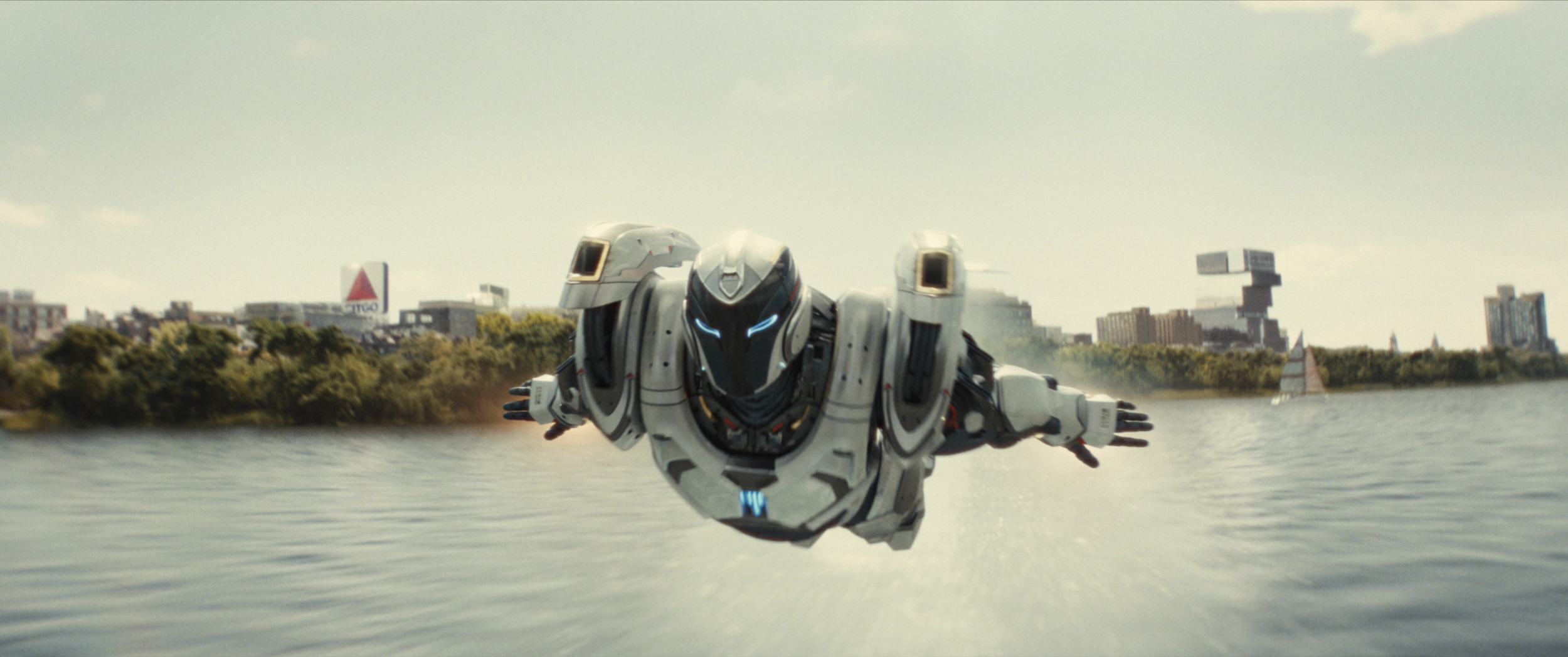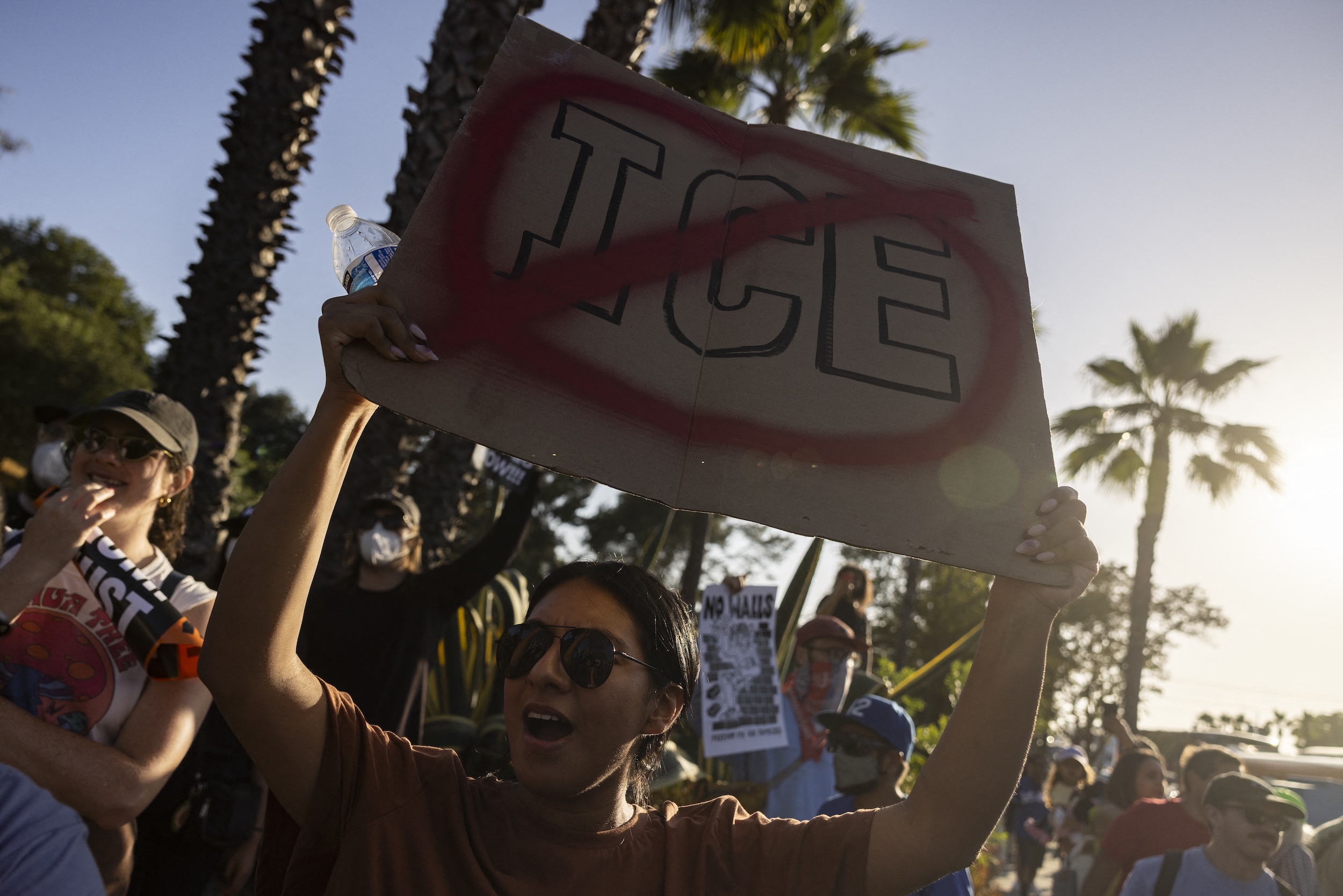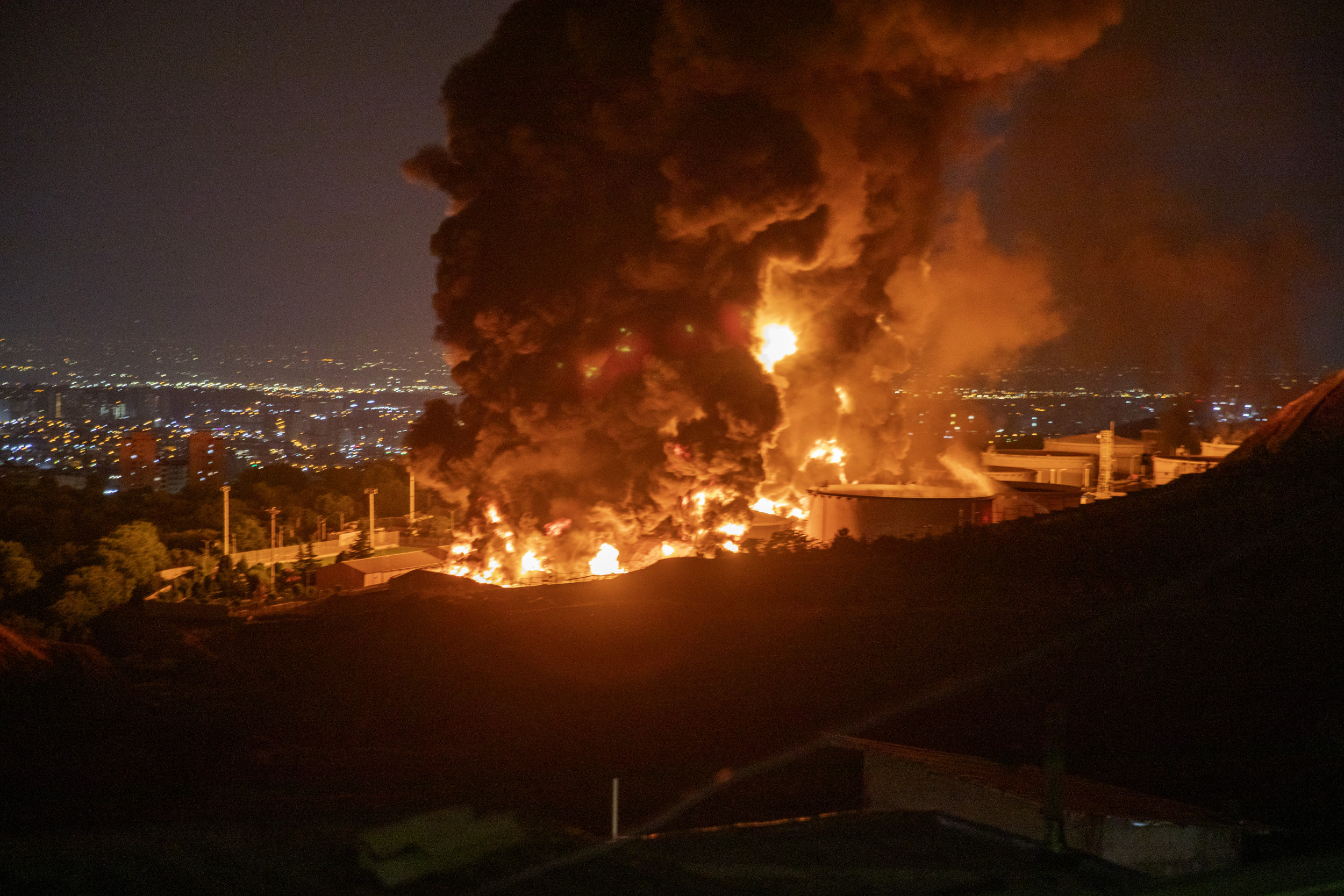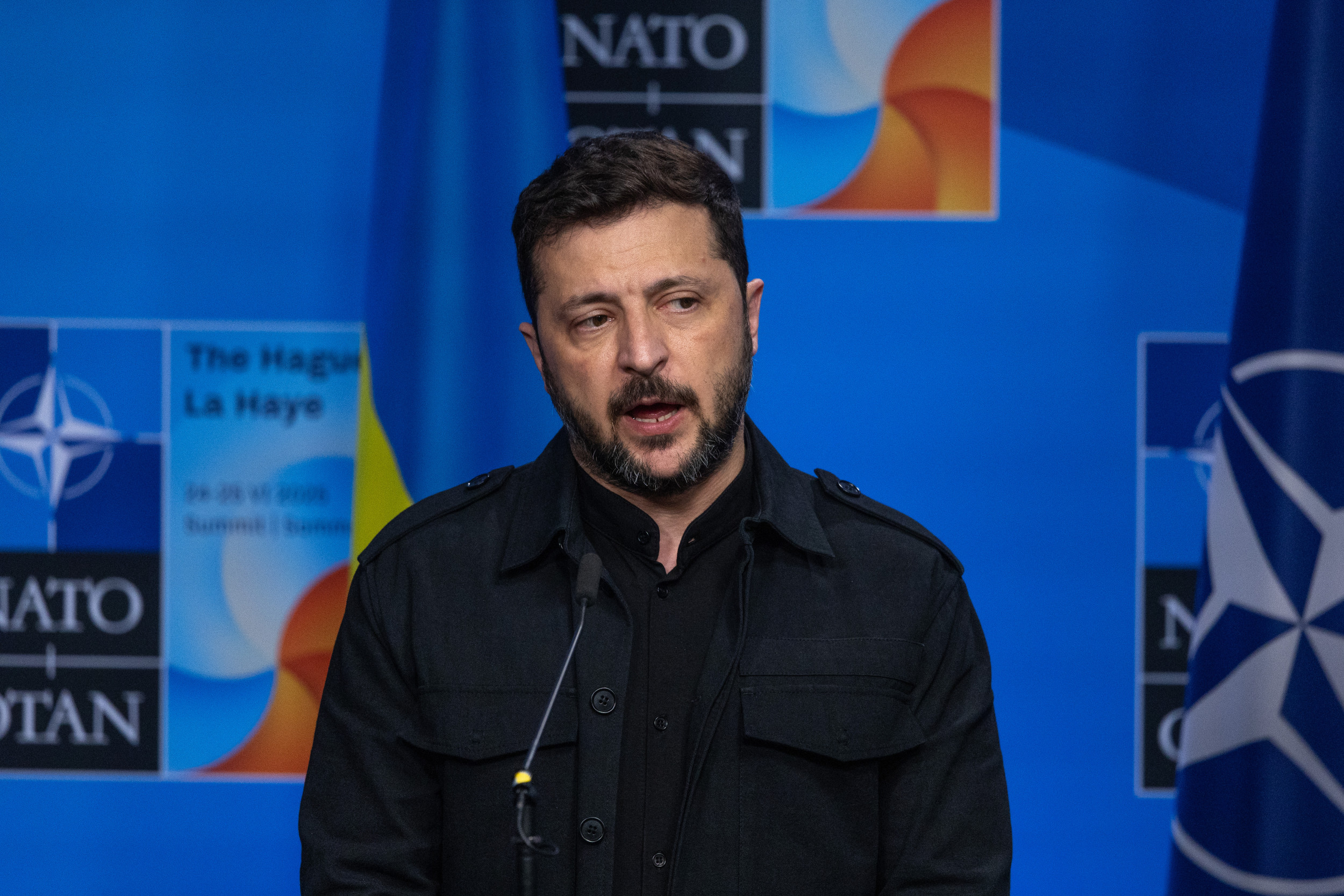
Russia is looking to take its aggression beyond Ukraine, and reduced U.S. support will force European countries to work together to confront this threat, a Kyiv think tank said.
A report released Wednesday by the KSE Institute, an analytical center at the Kyiv School of Economics, outlined how Russia’s long-range, strategic, and hypersonic weapons program showed Moscow’s intentions beyond its full-scale invasion.
As the Trump administration previously said that the United States should no longer be Europe’s primary security guarantor, Europe requires substantial and sustained defense investments to address the threat posed by Russia, the KSE said.
“Russia is preparing capabilities that are clearly not tied to war in Ukraine, including naval forces for a possible confrontation in the Arctic,” report co-author Pavlo Shkurenko told Newsweek.
Why It Matters
The two-day NATO summit started on Tuesday, and on the agenda was the alliance’s support for Ukraine in the face of Russian President Vladimir Putin‘s aggression.
However, looming over the summit is U.S. President Donald Trump’s insistence that members commit to spending at least 5 percent of their GDP on defense, with the president casting doubt on Washington’s security commitment to countries that do not meet this level.
The KSE report states that tackling Russia’s threat requires not only larger defense budgets but also spending wisely on low-cost and scalable technologies, as well as integrating Ukraine’s technical and military capabilities into those of Europe.

Omar Havana/Getty Images
What To Know
In 2018, Putin touted long-range, strategic, and hypersonic weapons, such as the Sarmat intercontinental ballistic missile, the Avangard glide vehicle, the Zirkon cruise missile, and the Poseidon nuclear torpedo, as examples of Russia’s growing military prowess.
But these weapons have little tactical relevance to the war in Ukraine and instead challenge Western deterrence and defense in the future when the U.S. no longer wants to be Europe’s main security guarantor, the KSE report said.
Despite economic turbulence in Russia caused by sanctions, Putin continues to drive ever-increasing military expenditure, which is expected to reach 13.5 trillion rubles ($145 billion) in 2025, nearly a third (32 percent) of total budget expenditure.
“That much spending in the military sector is creating circumstances for them to then threaten Europe and beyond, ” Shkurenko told Newsweek.
“We have to understand it’s very unlikely that Russia will be interested in any kind of peace as of this moment.”
Ukraine’s experience since the start of the full-scale invasion can be a strategic asset for Europe, offering a blueprint for rapid innovation and defense technologies in a war being fought as much through data and artificial intelligence as it is through munitions, the KSE said.
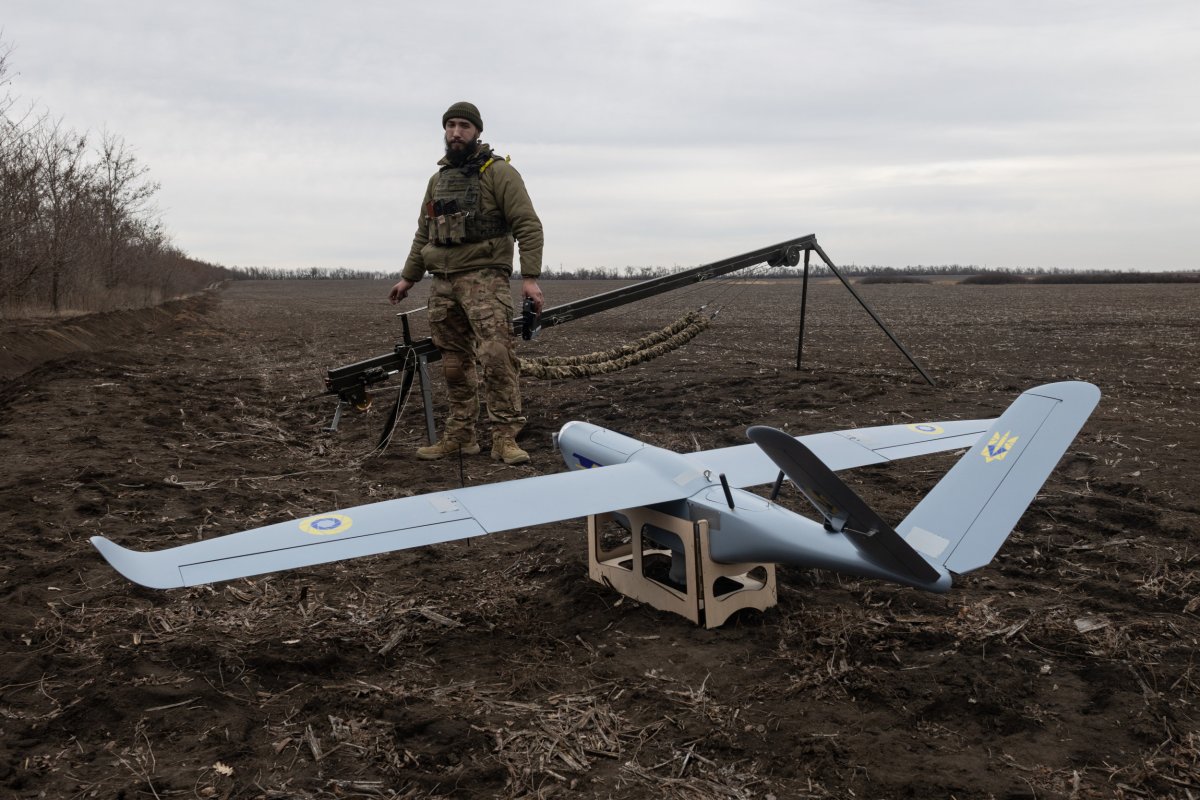
Andriy Dubchak/Getty Images
Ukraine’s Drones
Russia’s regular barrage of Shahed and reconnaissance drones renders traditional surface-to-air missiles (SAMs) an inefficient defense, the report said, but technology, including interceptor drones—a domain in which Ukraine has expertise—can offer a more cost-effective solution when used in conjunction with air defense.
Low-cost attack drones can destroy high-value assets, and as such, Europe can build deterrence against Russia in an agile and cost-effective way, it added.
Addressing the NATO conference on Tuesday, Ukrainian President Volodymyr Zelensky said that Ukraine can produce over 8 million drones of various types annually, but currently lacks the necessary financial backing.
Zelensky called for allies to scale up investments in joint weapons production, including drone technologies, artillery, and interceptors and said that Ukraine‘s defense capabilities are essential to protecting NATO in the long term.
The KSE report said Ukraine should be incorporated into European defense and granted partner or observer status in European security committees.
Europe also should have “a balanced system of military production,” KSE report co-author Olena Bilousova told Newsweek, as the continent can benefit from Ukraine’s expertise in, for example, drones, while other countries play to their strengths in air defense or missiles.
“We should consider specializations in our common production,” she added.
What People Are Saying
Pavlo Shkurenko, compliance and international sanctions adviser, KSE Institute: “Despite Russia experiencing economic problems, a lot of resources poured into its military industry. That much spending in the military sector is creating circumstances for them to threaten Europe and beyond.”
Ukrainian President Volodymyr Zelensky at the NATO summit on Tuesday: “We must lead in the drone race, both in strike drones and interceptors…All the weapons we produce become part of a new, stronger European defense and security system.”
What Happens Next
The KSE report’s conclusion aligns with Zelensky’s message that the cost of supporting Ukraine’s defense is minimal compared to what Europe would face if Ukraine were to fall.
Zelensky also called on Tuesday for NATO members to increase defense spending to 5 percent of GDP and for 0.25 percent of GDP to support Ukraine’s military needs directly, as he warned Russia is planning new operations on alliance territory.
The second day of the NATO summit in The Hague on Wednesday will likely see wrangling over whether members can agree on the hefty new defense spending target, as well as whether Trump will attend.


